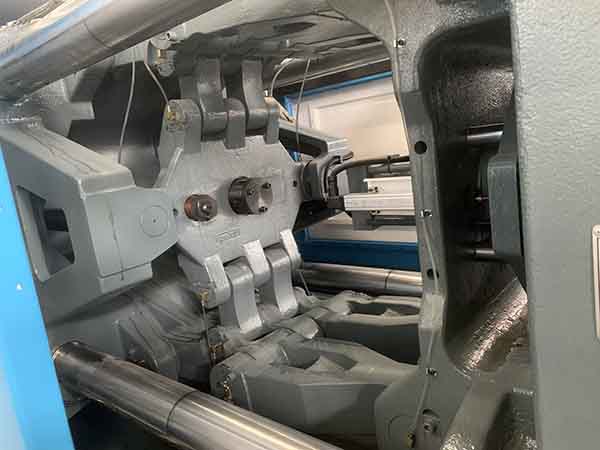Pursuit of a Harmonious Production Environment: Strategies for Noise and Vibration Control in Injection Molding Machines

Injection molding machines are among the most commonly used equipment in the plastic processing industry. They manufacture plastic products of various shapes and sizes by injecting melted plastic into molds. However, the operation of injection molding machines is often accompanied by the generation of noise and vibration, which not only affects the comfort of the working environment but may also have negative impacts on the health of operators and the surrounding environment. Therefore, effectively controlling and reducing the noise and vibration of injection molding machines is an important issue for improving production efficiency, ensuring employee well-being, and meeting environmental requirements. Let’s discuss the causes of noise and vibration in injection molding machines and propose corresponding strategies for control and reduction.
1、Causes of Noise and Vibration in Injection Molding Machines
1.1、Mechanical Motion: The rotation of the screw, mold opening and closing actions, and movement of ejector pins in injection molding machines generate vibrations and noise.
1.2、Hydraulic System: The operation of hydraulic pumps and valves can cause fluid impact and pressure fluctuations, resulting in noise.
1.3、Electrical System: Motor operation and electromagnetic interference from control systems can also contribute to noise generation.
1.4、Mold Factors: Poorly designed or unevenly worn molds can lead to imbalanced forces during the injection molding process, resulting in vibrations.
2、Strategies for Noise and Vibration Control
2.1、Optimized Design:
Select low-noise motors and pumps to reduce noise sources in the hydraulic system.
Design balanced screws and molds to minimize vibrations caused by imbalances.
Use high-precision transmission components to reduce noise during mechanical motion.
2.2、Isolation Measures:
Install vibration isolation pads or mounts between the injection molding machine and its foundation or the ground to absorb and isolate vibrations.
For equipment with high noise levels, consider installing sound insulation covers or rooms to reduce noise propagation.
2.3、Maintenance and Care:
Regularly inspect and maintain all components of the injection molding machine to ensure proper operation and reduce abnormal noises.
Timely replacement of worn parts to avoid additional vibrations due to wear.
2.4、Operational Adjustments:
Set injection parameters such as injection speed and pressure appropriately to avoid excessive impact and vibrations.
Train operators to smoothly operate the machine, reducing unnecessary noise and vibrations.
2.5、Acoustic Treatment:
Install sound-absorbing materials such as sound-absorbing panels or foam in the workshop to reduce noise reflection and propagation.
For specific noise frequencies, targeted noise elimination can be achieved using silencers or resonance chambers.
3、Implementation Steps and Considerations
3.1、When implementing noise and vibration control measures, it is important to proceed in a planned and systematic manner:
Measurement and Analysis: Start by using professional noise and vibration measurement instruments to measure and analyze the noise and vibration levels of the injection molding machine, identifying the main problem areas.
Design of Solutions: Based on the measurement results, design targeted control solutions, including the selection of appropriate vibration isolation materials, sound insulation materials, and maintenance plans.
Implementation: Carry out modifications and adjustments according to the design plan, ensuring that each measure is implemented correctly.
Evaluation of Effectiveness: After the modifications, conduct another round of noise and vibration measurements to evaluate the effectiveness of the control measures and make necessary optimization adjustments.
3.2、Considerations:
When addressing noise and vibration control, factors such as normal equipment operation and maintenance convenience should be taken into account.
For older injection molding machines, more frequent maintenance and thorough modifications may be necessary to achieve the desired noise and vibration control outcomes.
Compliance with relevant safety standards and environmental regulations should be followed throughout the design and implementation processes.
4、Conclusion
Noise and vibration control in injection molding machines is a comprehensive engineering project that requires consideration from multiple aspects, including design, operation, and maintenance. By implementing effective control measures, it is possible to improve the working environment, enhance production efficiency, and prolong the lifespan of equipment, bringing long-term economic benefits and societal value to businesses. With continuous technological advancements, future methods for noise and vibration control will become more diverse and efficient, providing strong support for the sustainable development of the plastic processing industry.


